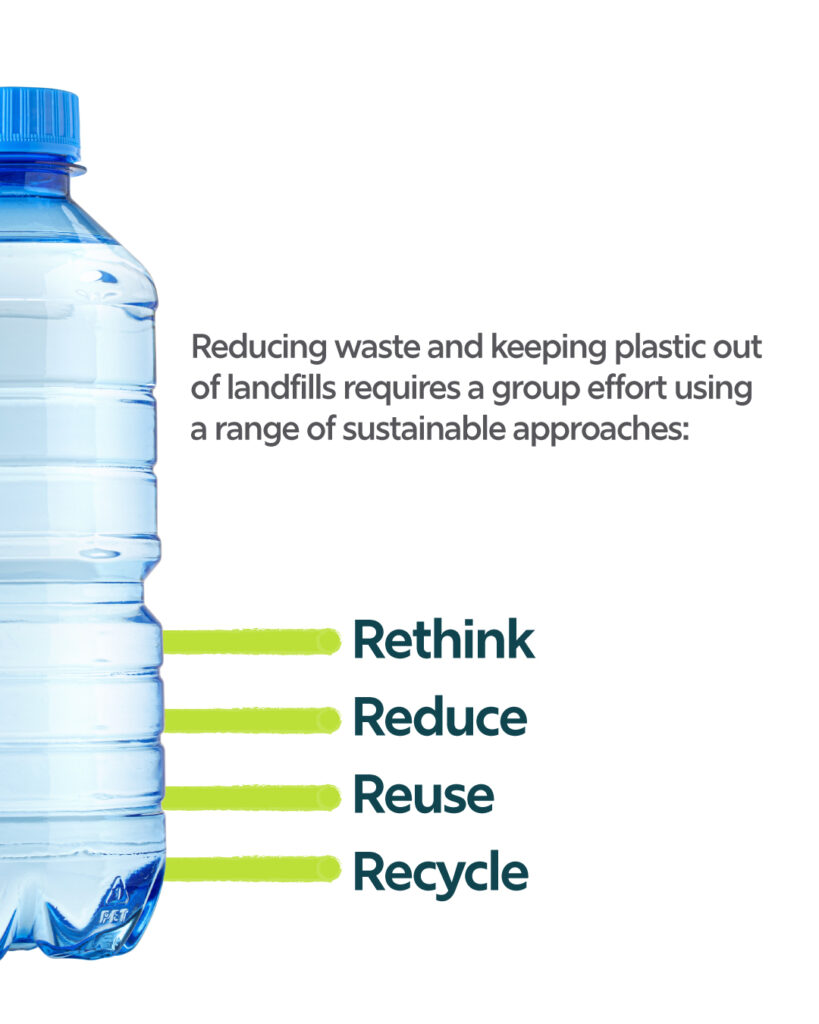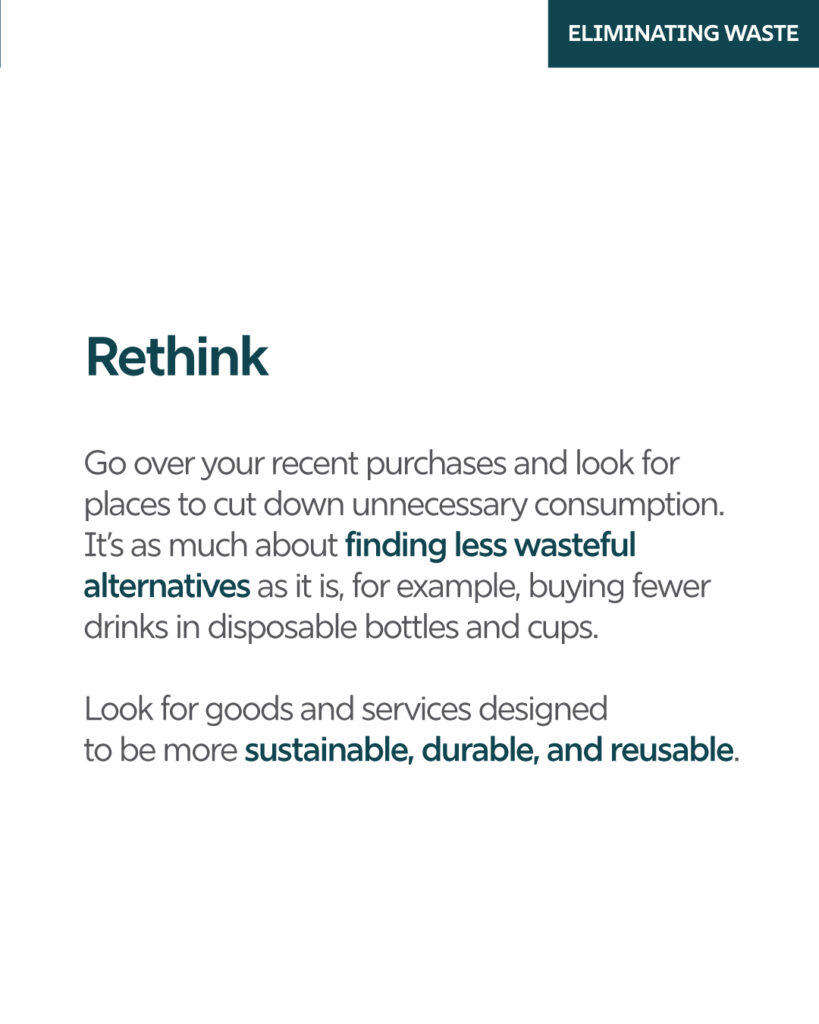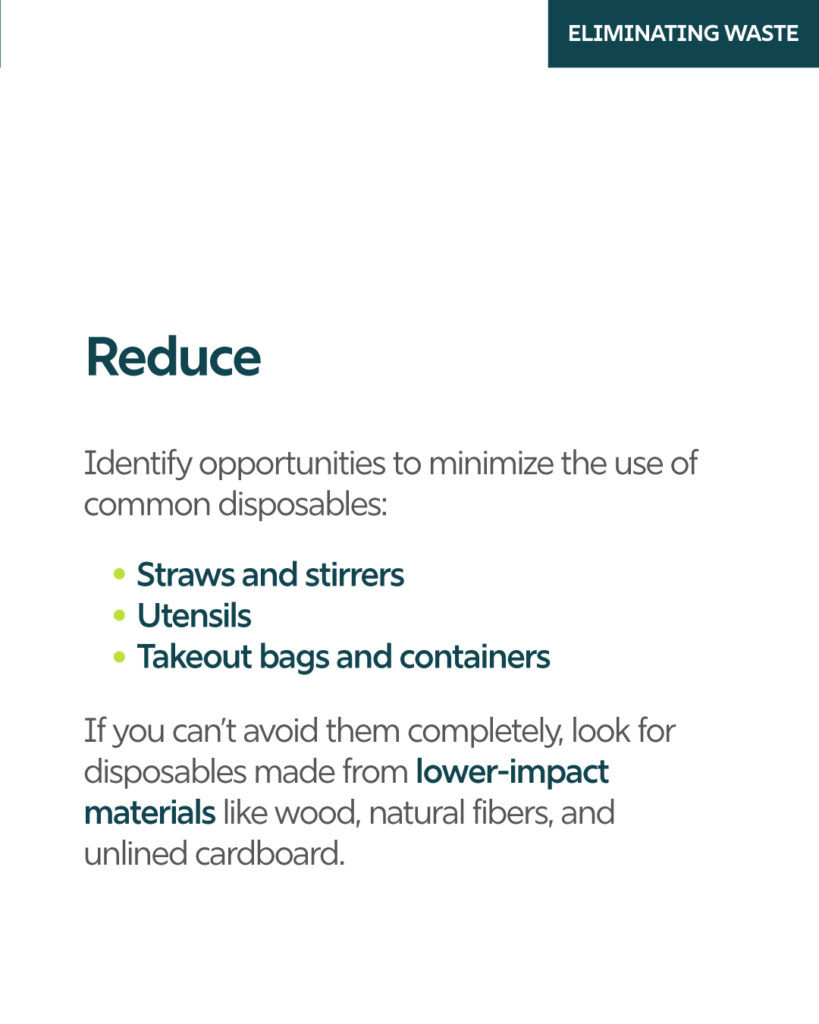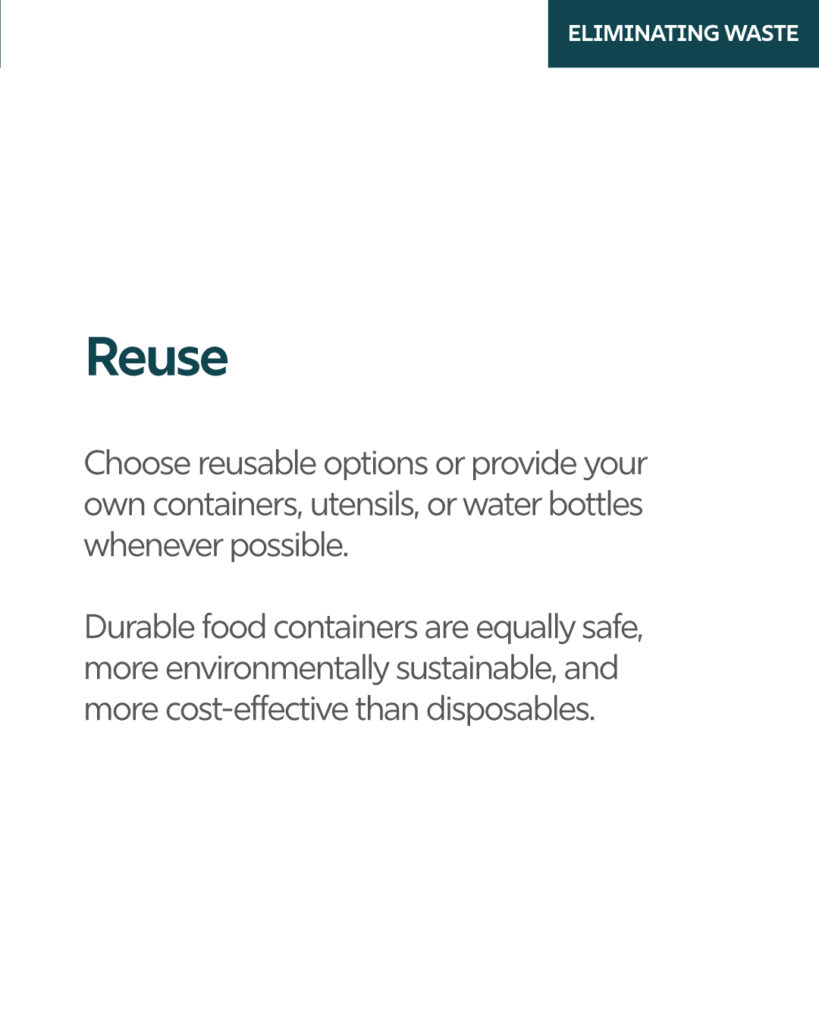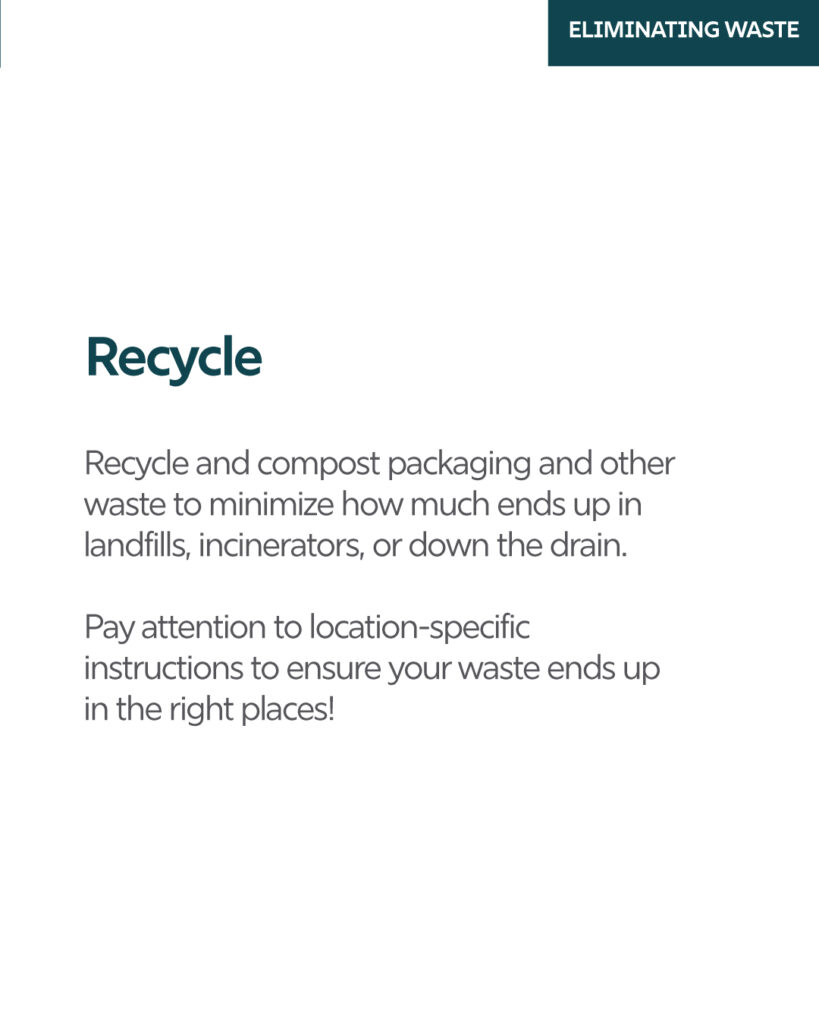reknowable_resources The Zero Waste Hierarchy is a framework designed to conserve resources, protect the environment, and promote well-being on the path to zero waste. By redesigning and reimagining the way we serve food and beverages—for example through circular reuse systems, we can address root causes of waste. Reducing reliance on single-use items limits plastic waste, while reusing products extends material lifespans and value when properly implemented.
Recycling doesn’t necessarily prevent the generation of new materials, so it isn’t at the top of the hierarchy, but it’s still a vital component of the waste management system because it keeps waste out of landfills and incinerators. The most powerful changes come from rethinking and redesigning wasteful systems, but every action we take to reduce waste contributes to a healthier planet. Every step forward, no matter how small, is meaningful progress!

